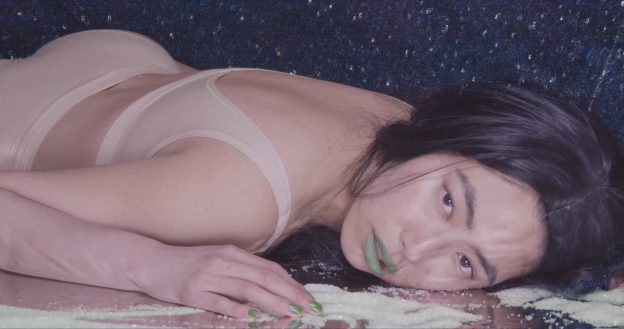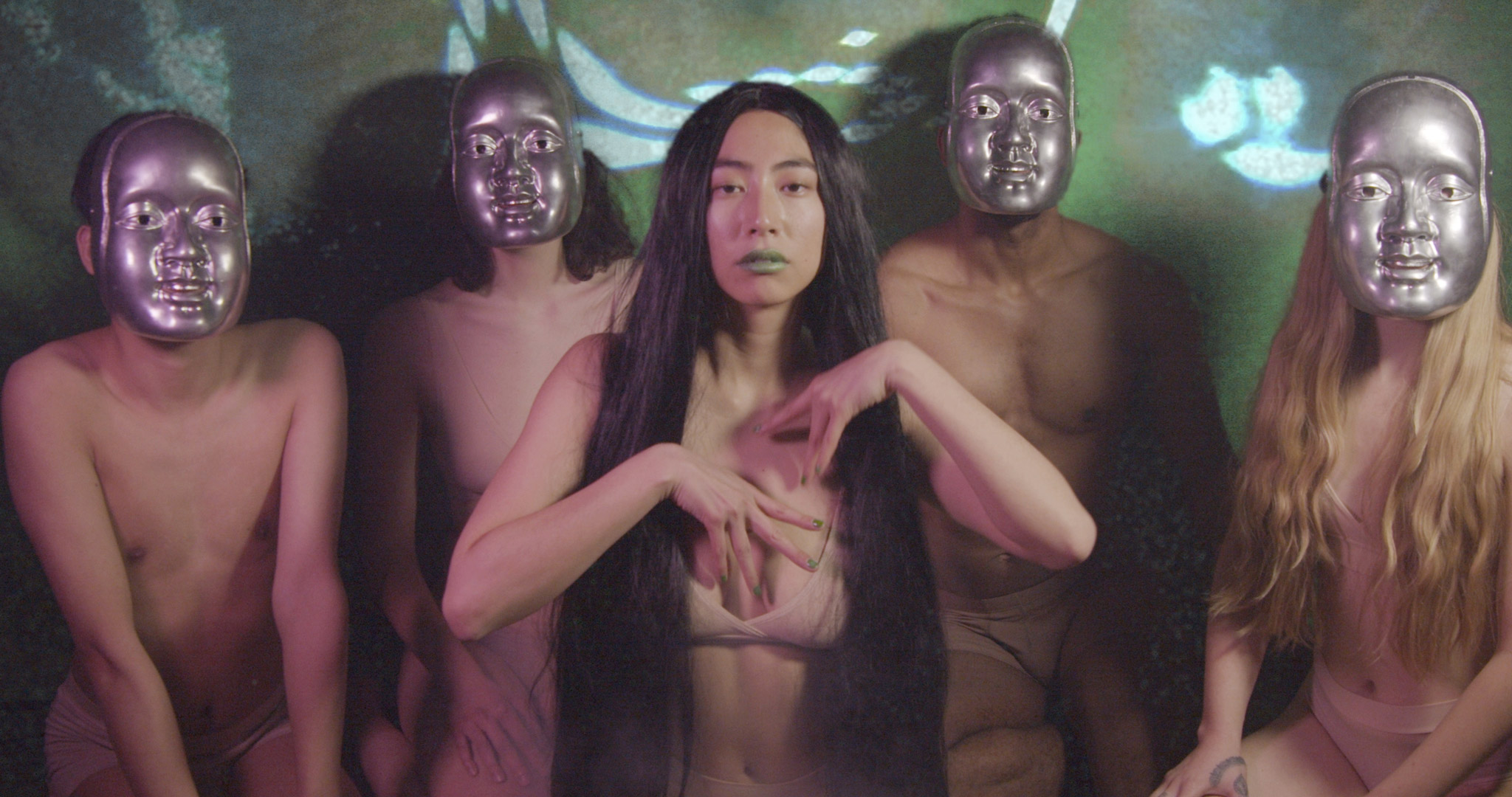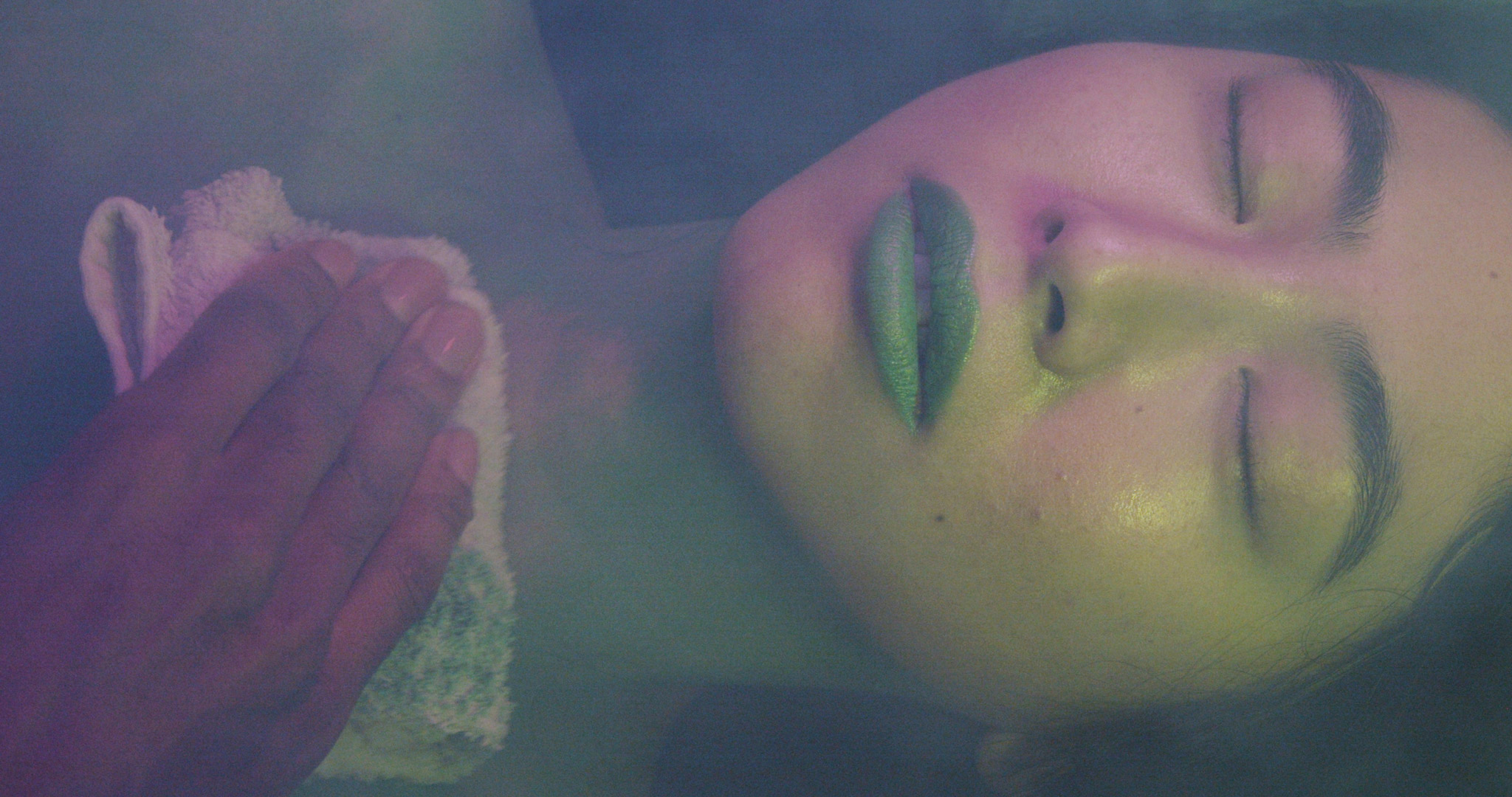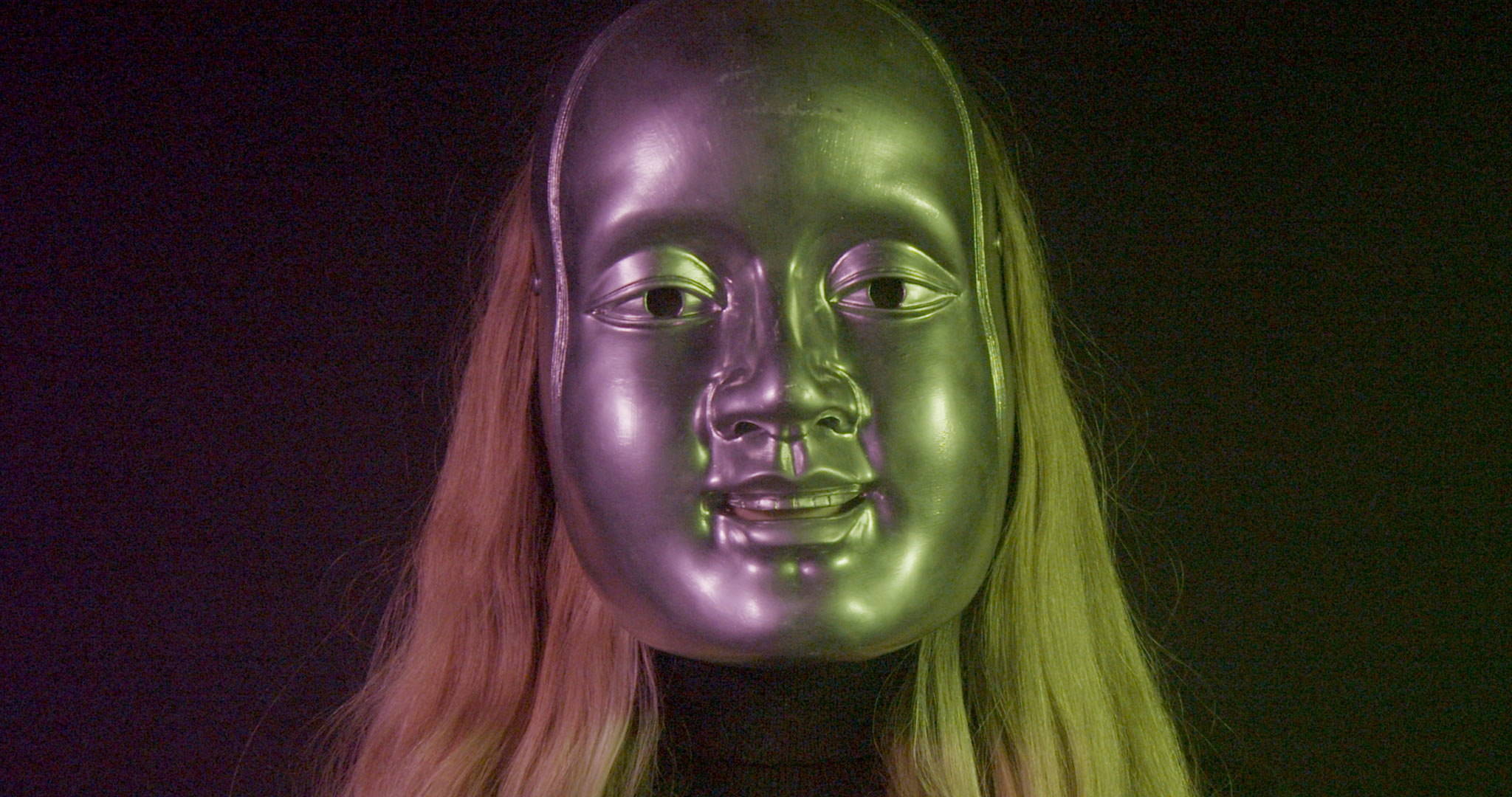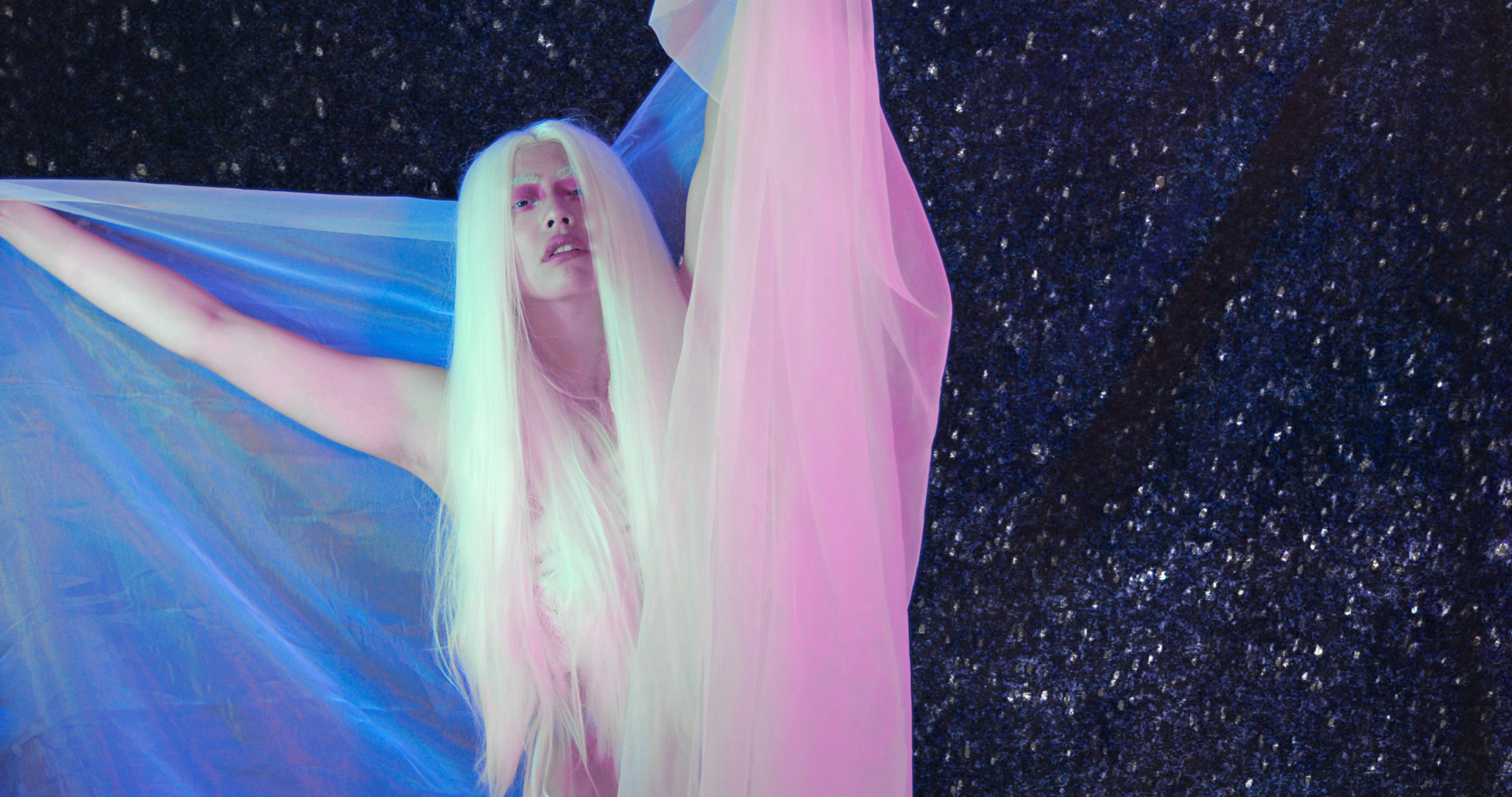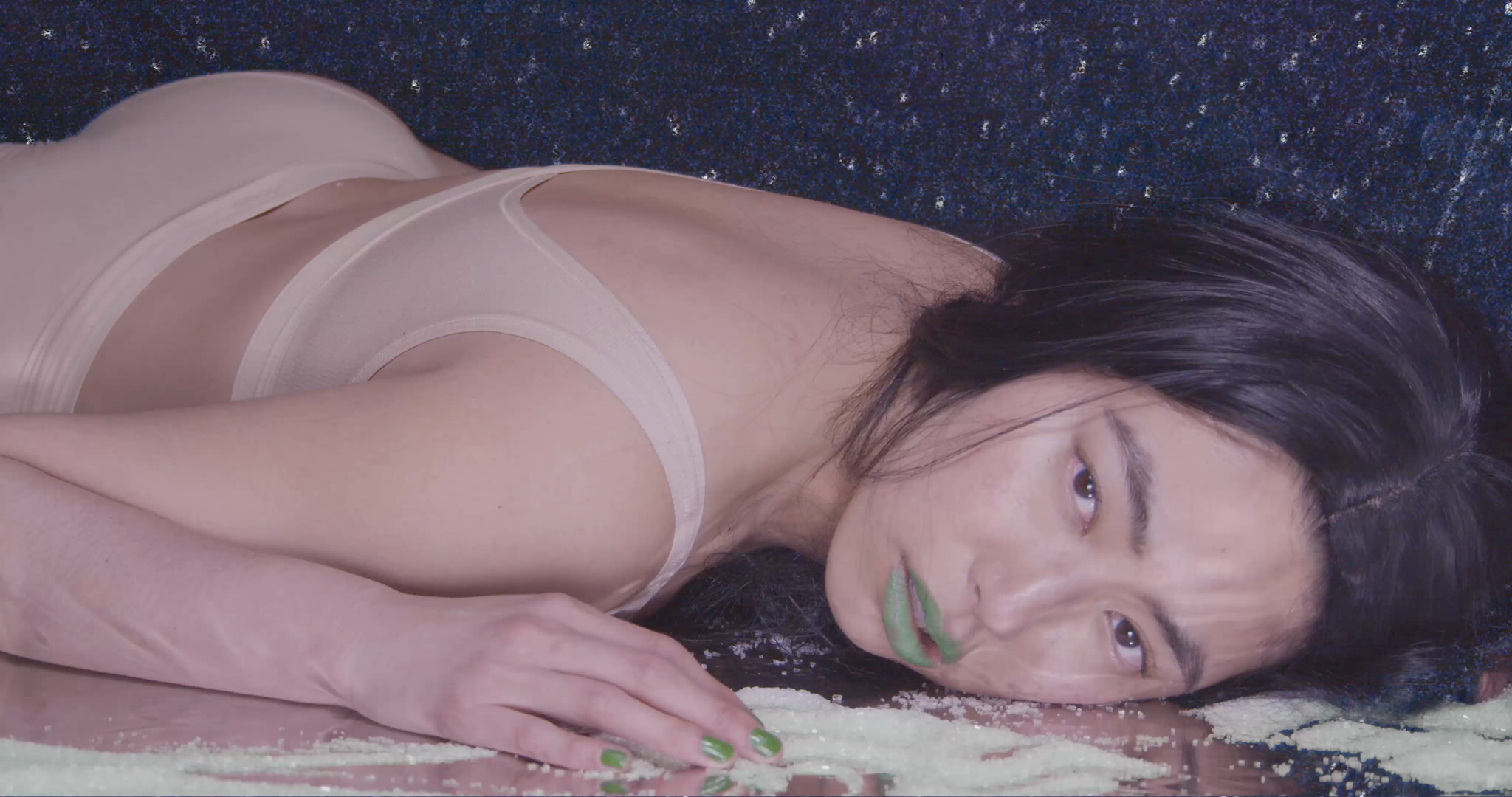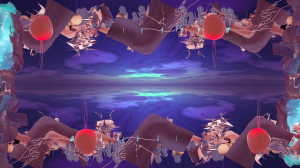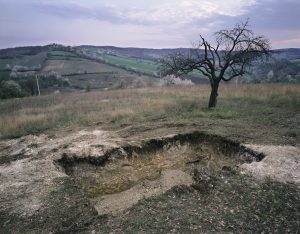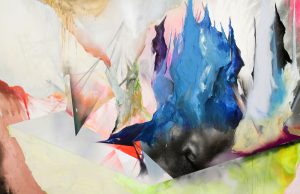with images from
REGENESIS: AN OPERA TENTACULAR (ACT II & III)
In one of my childhood bedrooms, I spend hours watching specks of dust float through the sunlight of my window. The filaments in my eyes drift with them, squiggly wormholes scattering galaxies across my field of vision.
I am very young, and I don’t yet have the language to explain these glitches to others. A part of me believes I could escape to other invisible dimensions through these tiny portals. Somehow I yearn for this. Like maybe, if I search for the other side, I would find where I belong.
So I search, in the ways I know how. I scribble furiously, nose to paper, eyes squinting in frenetic trance. I draw stories of animals and other little children like me, sometimes with their souls escaping their bodies. Notes are scrawled with Japanese and broken English. I draw my father, looking over his daughter through an intangible passage, from a place people like to call heaven. Too young to comprehend such loss, I reach out to him through my drawings.
The reality is, a loss of a life can touch you forever.
Decades later, I recall my childhood symptoms, the wormholes, the glitches. Google calls them vitreous floaters, early omens of my now-severe near-sightedness. It’s funny how when you feel as intensely as a child does, even something degenerative and mundane like vitreous floaters can be viewed through such magical reimaginings. Since then, my eyes have weakened with each passing year.
I can’t pretend that I don’t fear loss.
This brings me to now. In the outbreak of this pandemic, I find myself, as many of us did, grieving the loss of a way of life I once knew. I scramble to complete the fine art MA I spent years saving for, with no access to studios or technical facilities due to campus closures. Out of the blue, I am blindsided with a painful divorce. I have nothing left to lose. I start over.
In my London home, I am locked down with not much more than a camera and two LED lights I borrow from my university. I purchase a green screen backdrop, a guitar, and a keyboard. Exhausted from Zoom-call academia, I turn simply to what makes me feel.
And I feel, in the ways I have been taught to suppress, my Cancer sun, my untouchable depths. I feel, as the sensitive girl once shamed and feared, my cosmic power, a self beyond self. In the sober light of solitude, scaffolds and monuments sink to disease. I feel rage, I feel change, I feel hope.
So I write songs and perform them, filming and recording myself in iterations. All of my loss, grief, and yearning for belonging explodes on camera. I imagine a world rebirthed from the ashes of environmental devastation, a non-linear speculative mythology of transformation, ancestral connection, and collective care. I choreograph rituals to fit the narrative of cyclical life and death, the illusion of selfhood in a more-than-human world. I dance and I move, and for the first time in a long time, I feel connected to my body. Confined to my home in the longest winter of my life, my green screen becomes a portal to a multiplicity of invisible dimensions. If we are trapped in our eyes and our minds, I make work that reminds us to feel.
Because we feel it: the fear, the anxiety, the loss to come. The pandemic is an early omen of devastating transition. Lungs burn as empires drown, parched lips lamenting displacement from motherlands. Trapped in our minds, we carry on—in denial, in distraction, in polarised debate.
There is so much to lose and so much to fight for. But in this time of transition, we must make space for grief.
And by grief, I don’t mean pessimism—in the macrocosmic perspective I am incessantly hopeful. But we have to stop believing we can live eternally, exponentially, in a life without loss. I mean here, now, myopic and porous, we need to normalise expressions of grief in a world that values measurable observation over feeling.
True integrative grief is a necessary step in leaving behind a way of life that never really worked for us. There is a slow, sick violence in a system that eats itself, colonised by desires for individual gain at the expense of collective well-being. We can no longer afford the luxury of mere intellectual critique. In this time we must feel deeply, the rage, the change, the hope, to face degeneration with magical reimaginings.
Then and only then, can we make space for transformation.
Maybe it is natural to long for glitches, for wormholes, to escape the hegemonic structures of an apocalyptic simulation. But in non-linear time, there is no separation between life and loss. We are at once already dead, and have never been born. All we have is the present, to live artfully and consciously in the sweeping coda of this civilization. There is beauty in learning to love and let go.
Beyond loss, beyond grief, there is an intangible passage. Through art, through connection, through conscious collective action, we can offer propositional alternatives to the systems we know. We can begin at the microcosm and ripple outward, decolonising ourselves and our communities as a daily practice. The future may still be blurred in our vision, but I feel transformation in my bones.
Where my body ends and yours begins, there is no separation between us. From specks of dust and ashes to ashes, we are here and yet, we are not.
The loss of a life can touch you forever, but so too can the opening of a portal to a new one.
In the meantime,
and in the ways I know how,
myopic and porous I reach out to you.
RIEKO WHITFIELD
Japanese-American Rieko Whitfield weaves immersive worlds with speculative mythologies through performance, moving image, installation, sculpture, painting, music, and text. Her non-linear storytelling decenters narratives of Western capitalist individualism to move towards beyond-human collectivism.
She has exhibited in and worked with institutions such as the Palais de Tokyo, the Saatchi Gallery, the Wellcome Collection, Gasworks, IMT Gallery, Harlesden High Street, and NN Contemporary.
Whitfield is an MA graduate of the Royal College of Art and the founder of London-based performance art platform Diasporas Now.
REGENESIS: AN OPERA TENTACULAR
Regenesis: An Opera Tentacular is a three-act speculative mythology of cyclical life, death, and community inspired by the Shinto deity of creation and destruction, set in a world healing from the apocalypse.
The images shown here are stills from Acts II & III.
Act I is available to watch in full in Issue 009: TENDER alongside Lehua Taitano’s poem Good Eye to the Boughs.
© Copyright for all texts published in Stillpoint Magazine are held by the authors thereof, and for all visual artworks by the visual artists thereof, effective from the year of publication. Stillpoint Magazine holds copyright to all additional images, branding, design and supplementary texts across stillpointmag.org as well as in additional social media profiles, digital platforms and print materials. All rights reserved.
